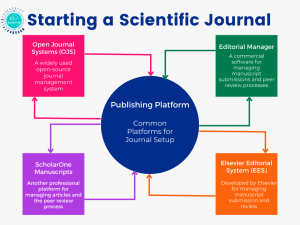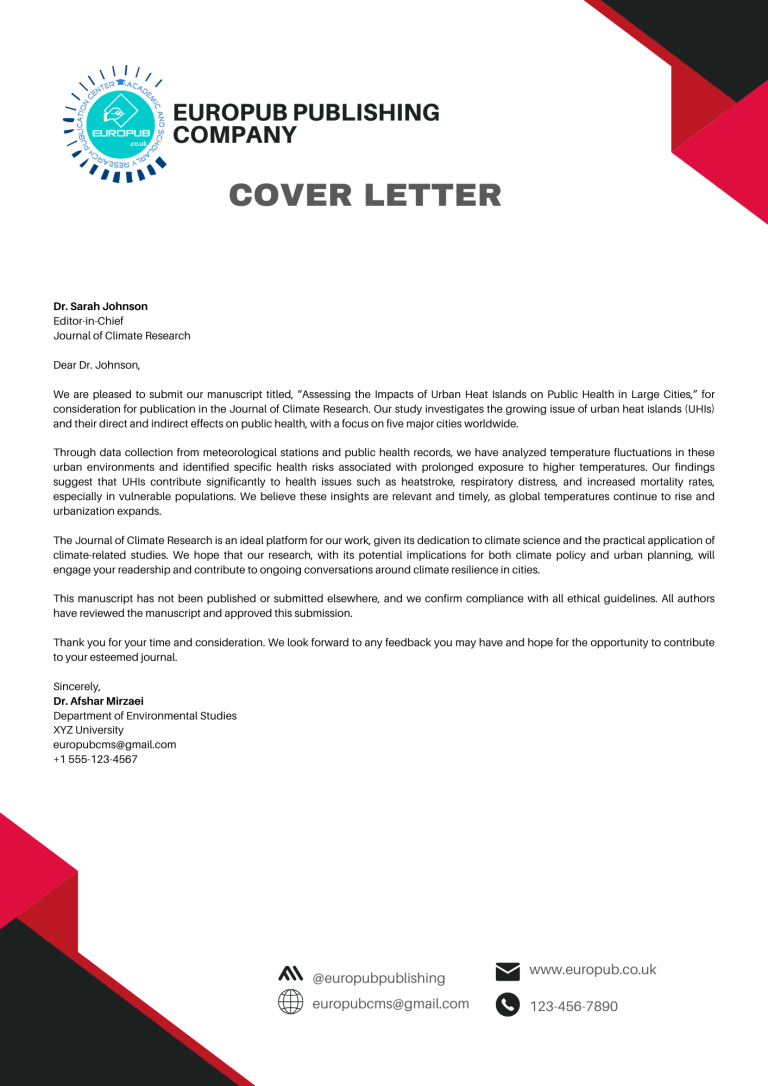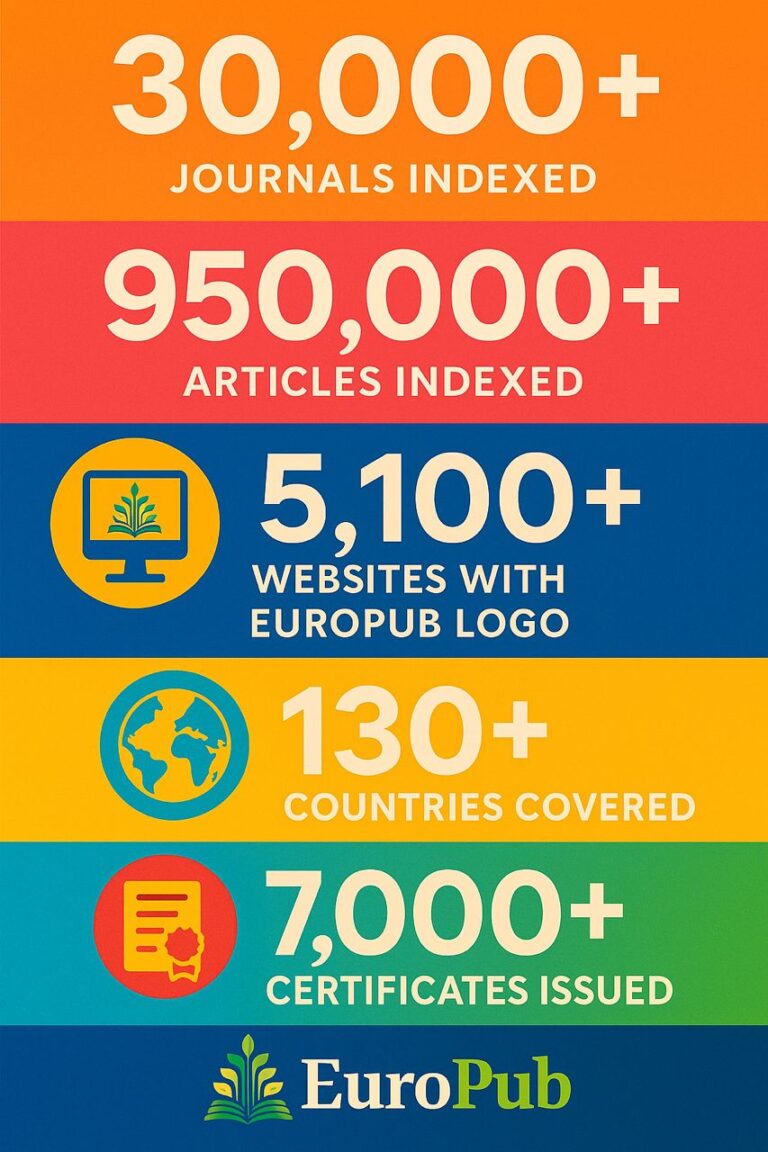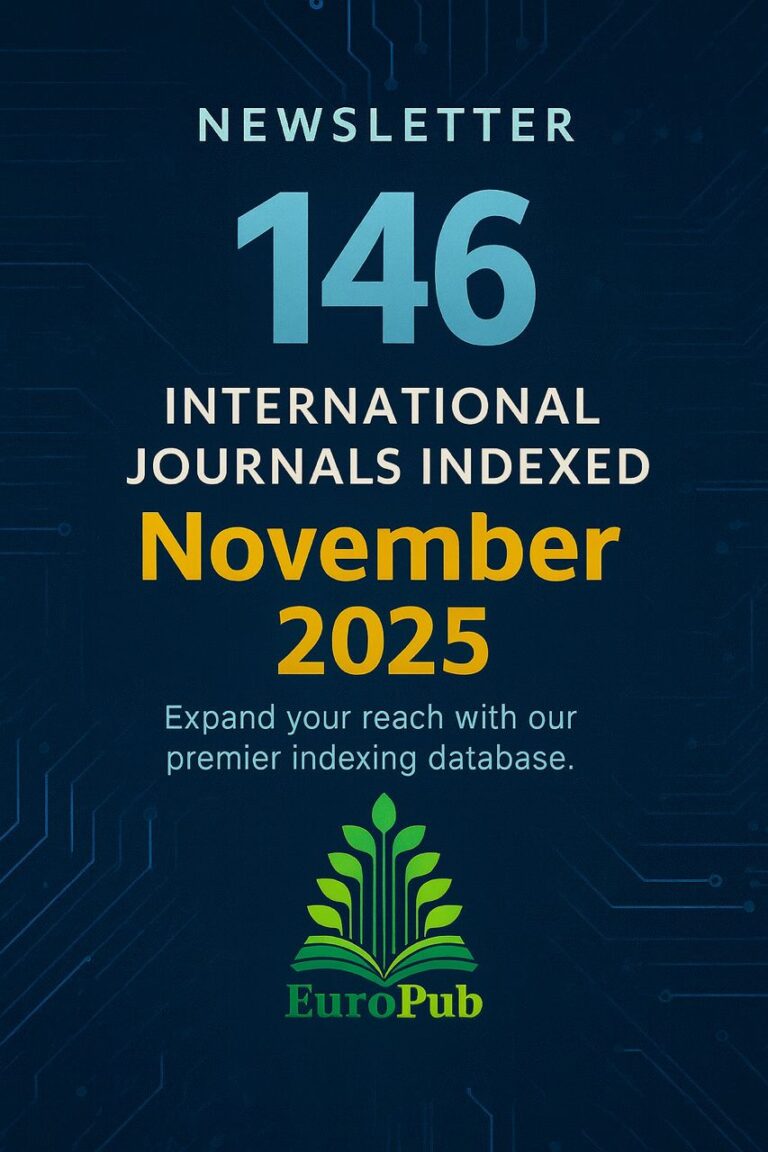Starting a scientific journal requires careful planning, appropriate platforms, and an understanding of the academic and administrative processes involved. Below is a detailed, step-by-step guide on how to establish a reputable scientific journal, including platforms, relevant links, and frequently asked questions.
 1. Develop a Journal Plan and Objectives
1. Develop a Journal Plan and Objectives• Define the Journal’s Scope: The first step is to specify the subject and scope of the journal. For instance, will it focus on basic research, humanities, medicine, or technology?
• Set Clear Objectives and Policies: Clearly articulate the journal’s goals to attract authors and readers.
• Establish an Editorial Board: The editorial team should include an editor-in-chief, subject editors, and expert reviewers who are knowledgeable in the relevant fields.
2. Register the Journal and Obtain Necessary Licenses
• Official Registration: In many countries, you must register the journal and obtain permits from relevant authorities for publication.
• Acquire an International Standard Serial Number (ISSN): A reputable journal should have an ISSN, which can be obtained from the ISSN Portal.
3. Select and Implement a Publishing Platform
Common Platforms for Journal Setup:
1. Open Journal Systems (OJS):
• A widely used open-source journal management system.
• Provides features for managing submissions, peer reviews, and publication.
• OJS is free and very popular among the research community.
2. Editorial Manager:
• A commercial software for managing manuscript submissions and peer review processes.
• More often used by larger journals due to its extensive features.
• Editorial Manager
3. ScholarOne Manuscripts:
• Another professional platform for managing articles and the peer review process.
• Offers advanced features for scientific evaluation and publication.
• ScholarOne
4. Elsevier Editorial System (EES):
• Developed by Elsevier for managing manuscript submission and review.
• Elsevier EES
4. Design and Create the Journal’s Website
• Launch a Dedicated Journal Website: The journal should have a dedicated website that provides information about the journal, submission guidelines, previous issues, and contact information.
• Choose a Content Management System (CMS): Many journals use OJS for creating their websites.
• Display Contact Information and Editorial Board Members: Showcasing comprehensive and accurate information about the editorial team boosts the journal’s credibility.
5. Select and Implement a Peer Review Process
• Define the Review Process: Scientific journals must evaluate submissions through a peer review process.
• Select Reviewers: Reviewers should be experts in the relevant fields with adequate research experience.
• Maintain Transparency in the Review Process: Manuscripts and reviewer comments should be handled confidentially and systematically.
6. Create Author Guidelines and Ethical Standards
• Author Guidelines: To ensure submissions align with the journal’s standards, provide a comprehensive guide for authors.
• Ethical Standards: The journal should have clear policies on research ethics, including measures against plagiarism and guidelines for reviewers.
7. Publish Articles and Monitor Scientific Metrics
• Indexing in Scientific Databases: Aim to index journal articles in reputable databases such as Scopus, Web of Science, and PubMed.
• Obtain DOI for Articles: DOI is a unique identifier for each article, which can be obtained through CrossRef.
• CrossRef
8. Promote and Market the Journal
• Utilize Social Media and Academic Networks: Promote the journal through social media, conferences, and professional associations.
• Send Newsletters: Keep your audience informed about new articles and journal activities through newsletters.
Frequently Asked Questions About Starting a Scientific Journal
1. What licenses are needed to start a scientific journal?
• Depending on the country, you may need to register and obtain an ISSN.
2. How can I utilize journal management platforms?
• Platforms like OJS and ScholarOne offer comprehensive features and training resources to help you set up the journal.
3. How can I find suitable reviewers for the journal?
• You can reach out to academic networks and reputable researchers or ask faculty members for recommendations.
4. Should the journal be indexed in reputable databases?
• Indexing in recognized databases enhances the journal’s credibility but requires adherence to specific scientific standards.
5. Can articles be published in multiple languages?
• Yes, but many scientific journals publish articles in English for broader accessibility.
6. How do I ensure articles are indexed?
• Collaboration with indexing platforms like Scopus and Web of Science can facilitate indexing.
7. Is it necessary to charge authors publication fees?
• Some journals charge publication fees to cover costs, but these should be communicated transparently.
8. How can I obtain DOIs for my articles?
• You can get unique DOI codes for each article through CrossRef.
Useful Resources and Links
• OJS – Open Journal Systems: Open Journal Systems
• ScholarOne Manuscripts: ScholarOne
• ISSN Portal: ISSN Portal
• CrossRef for DOI: CrossRef
Following these steps will help you establish a professional and reputable scientific journal, allowing you to gain recognition in the academic community and contribute to scholarly publishing.
If you need complete guidance, please via the email below (europubcms@gmail.com) and include “Journal Setup” in the subject line. Our team will respond to you within 24 hours.






